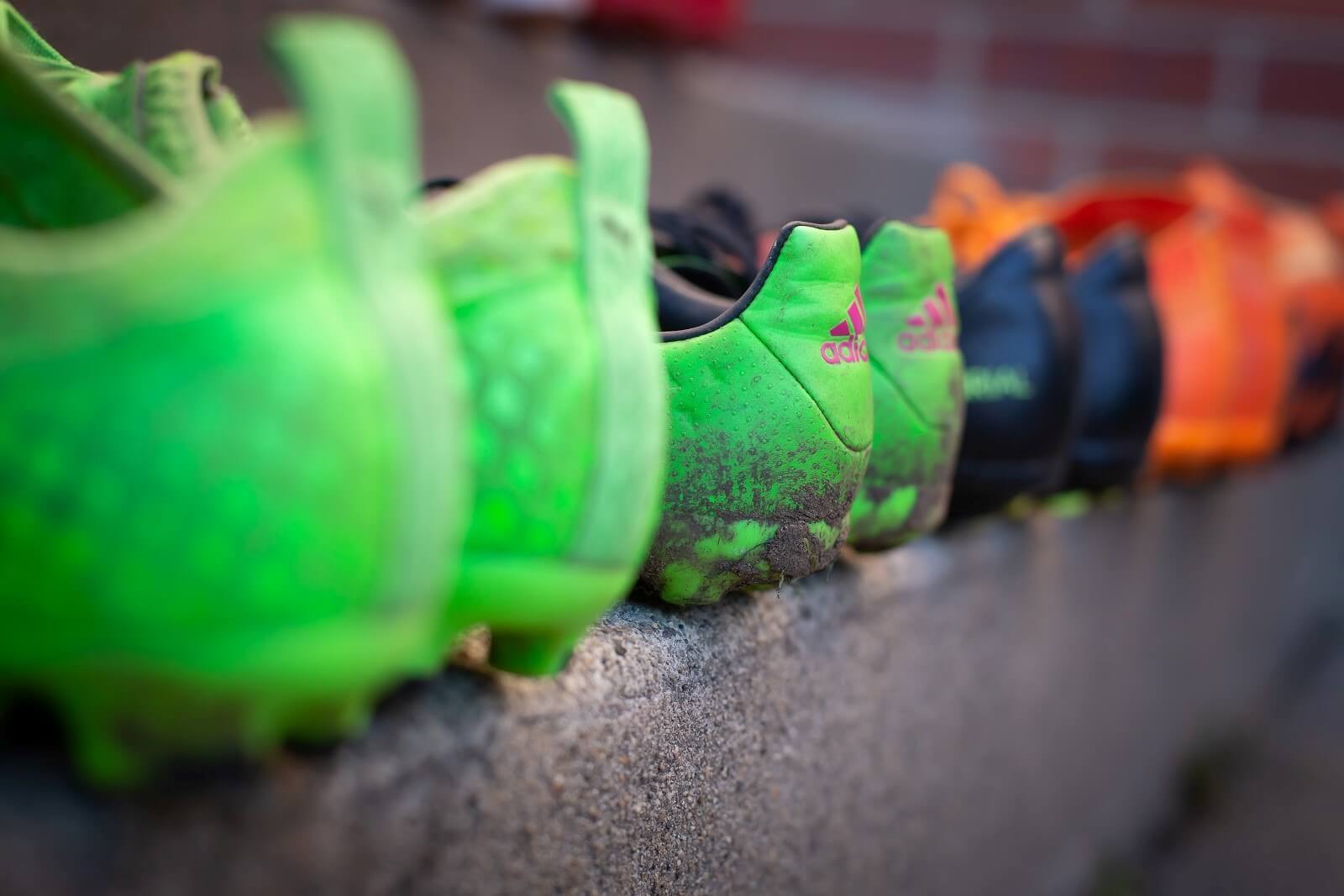
Your choice of cleats can sometimes be the difference between victory and defeat when it comes to performance. It’s up to you to make sure you have the most well-suited gear to allow you to play your best.
The types of cleats that are available are as different as the sports that are played wearing the cleats. So, why is it important to know the differences? The same reason you wouldn’t want to take a limousine to the sand dunes. Different cleats are available to adapt to the sport being played and the conditions it is played in.
Let’s go over the different kinds of cleats so you can have every advantage to play your best on the field so you hit the ground running.
Soccer
Soccer cleats can vary significantly in style and purpose. This usually depends on the playing conditions and surface you’re playing on.
Soccer cleats are usually defined by soft ground or firm ground cleats. Firm-ground cleats can be played on turf or artificial grass fields. Firm-ground cleats usually feature plastic molded studs to offer the best traction on the playing surface.
Soft ground cleats often feature removable studs that can be made of metal, plastic, or rubber. These soft ground cleats offer the most traction. It’s recommended to use these cleats when playing on grassy, wet, or muddy fields.
American Football
Football cleats are made to take a beating, and, like soccer, come in a variety of styles. Most commonly, football cleats famously have a high-rise look. This makes for a sturdy, protective shoe that will endure any tackle.
They also are available in mid-rise or even low-rise styles. Mid-rise and low-rise football cleats offer greater flexibility. Depending on your position and how much maneuverability you need, a low-rise or mid-rise cleat is the best option.
Baseball
Baseball cleats can come in a variety of styles such as metal studs or plastic molded cleats.
Similarly to American football, your position on the baseball diamond might determine which cleats will serve you best. In-fielders need to make quick movements and when playing on firm, compact ground, they need the most traction they can get. Usually, metal cleats are the way to go to get the best traction.
Metal Cleats
In some sports, it’s common to wear cleats with metal spikes, as opposed to rubber or plastic ones. Usually, these sports can include golf, track and field, baseball, and sometimes soccer.
However, using metal cleats while playing the wrong sport can be illegal and prove itself harmful to you and other players. Ouch!
Why It’s Important to Know the Difference
Did you know some sports don’t allow athletes to play if they’re not wearing the right footwear? In most soccer leagues, they will allow players to wear only soccer cleats. In American football, they allow football and soccer cleats. Baseball allows baseball, soccer, and football cleats to be worn.
When the game is on the line, you don’t want to have to worry if your cleats are going to help you or hurt you from scoring that winning goal, touchdown, or homerun.
Getting Fitted For Your Cleats
It’s important to find a pair of cleats that will be best suited for the sport and conditions you will be playing in. And just like finding any other great pair of shoes, find cleats that fit well, are comfortable, and durable. Shoe insoles are a popular and proven way to ensure your cleats are well fitted and comfortable.
Whatever cleats you decide to get, make sure you accompany them with Blusol cleat insoles. Click here to shop online to find a sole that will fit any style of cleat.




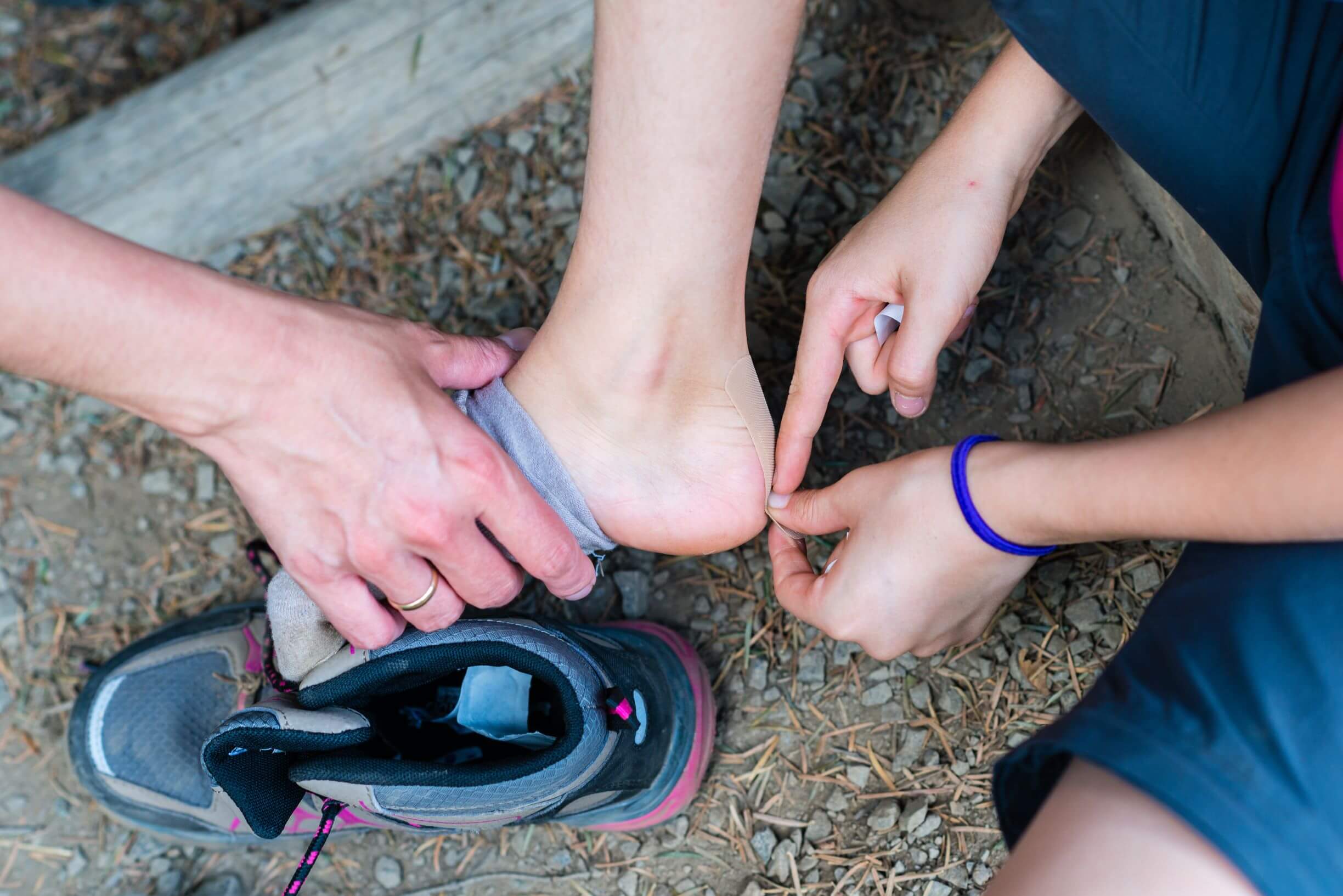
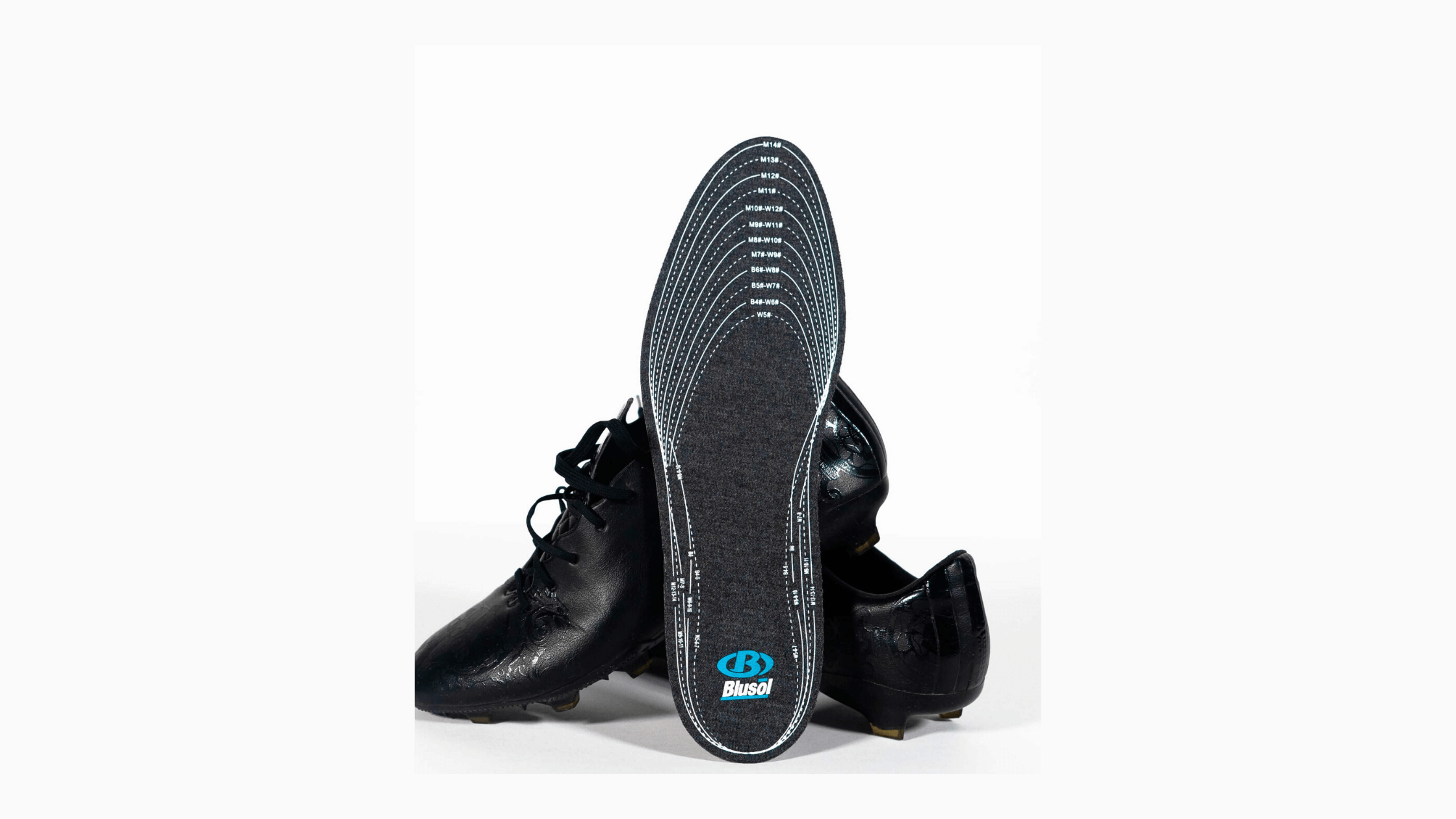
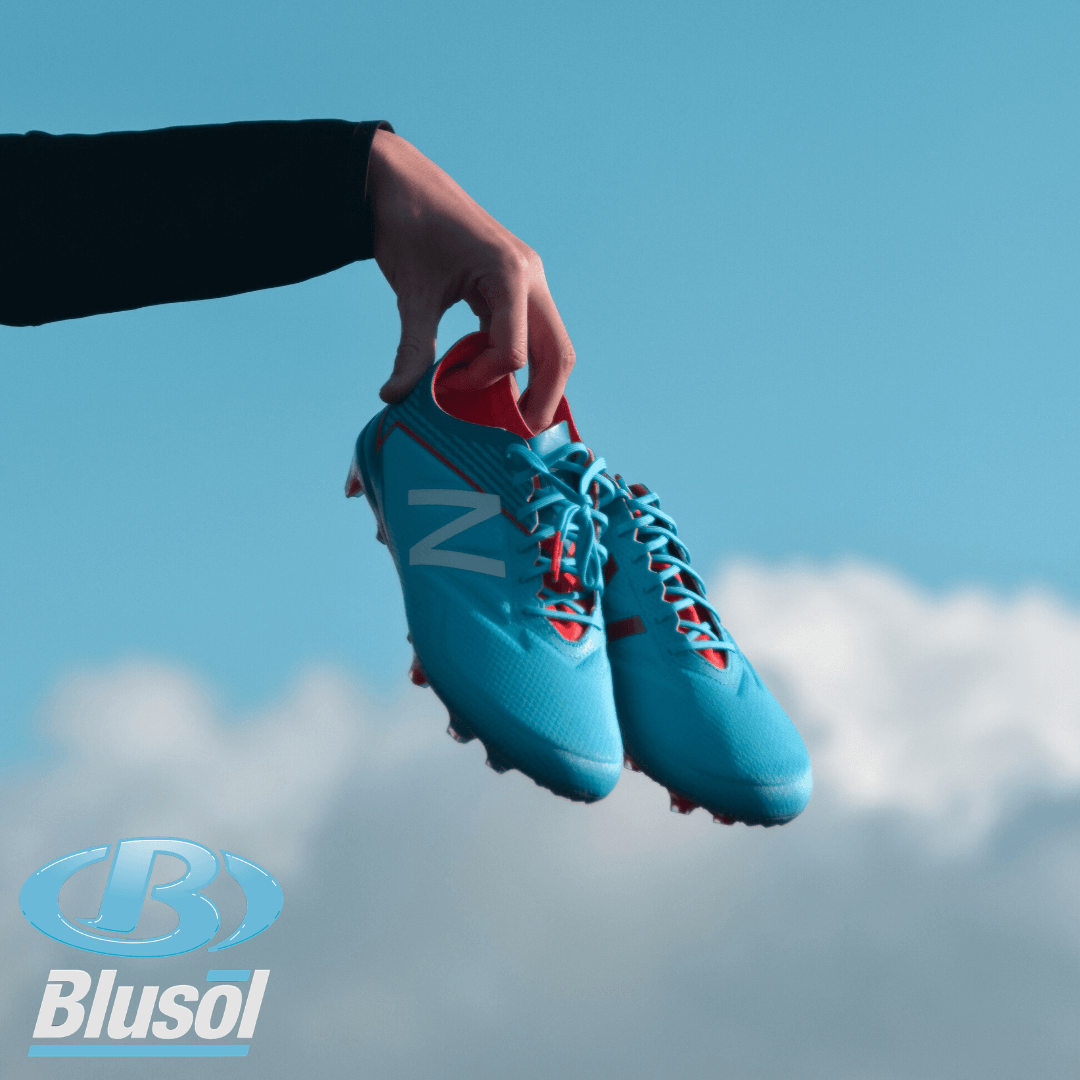

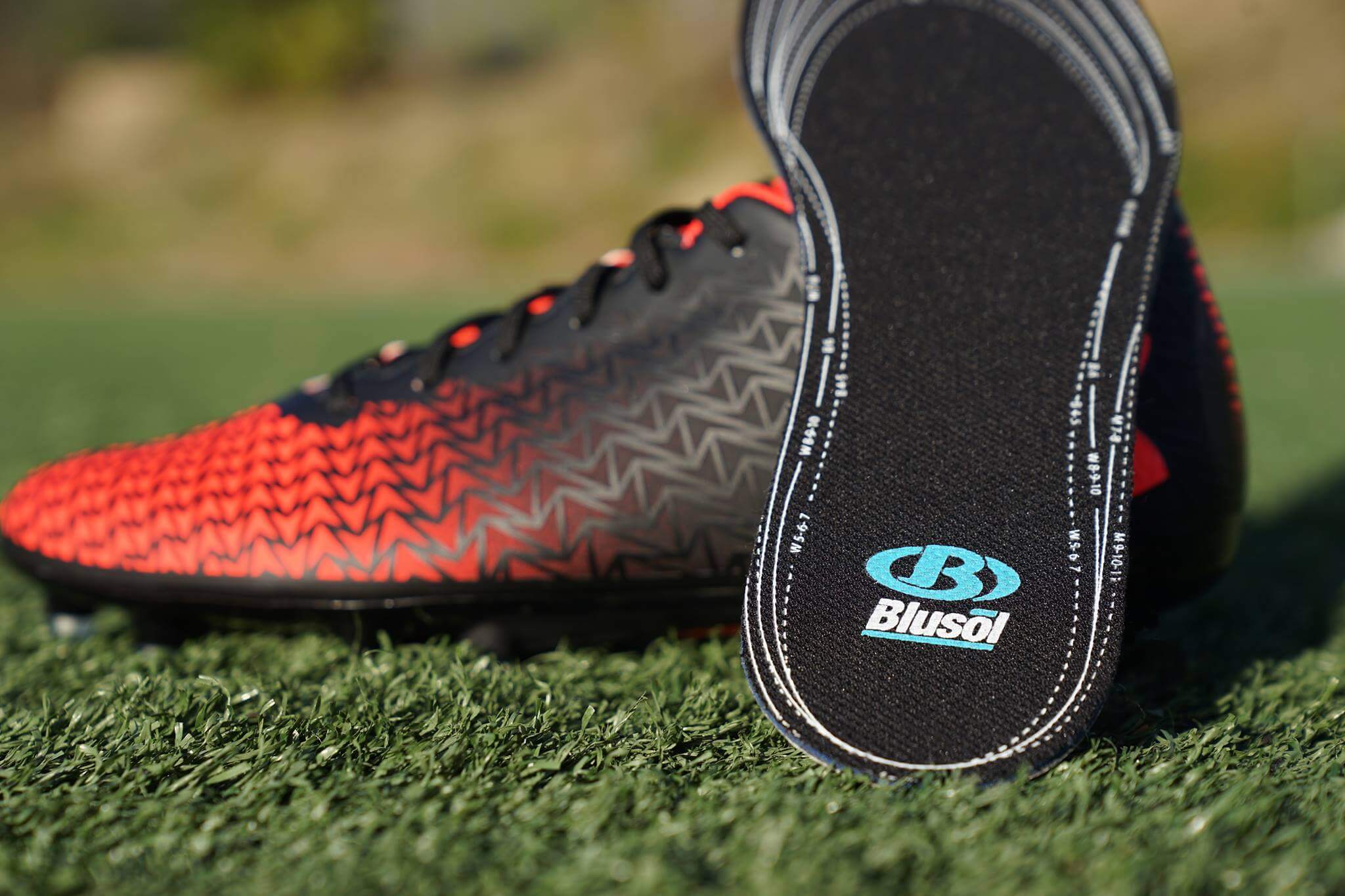
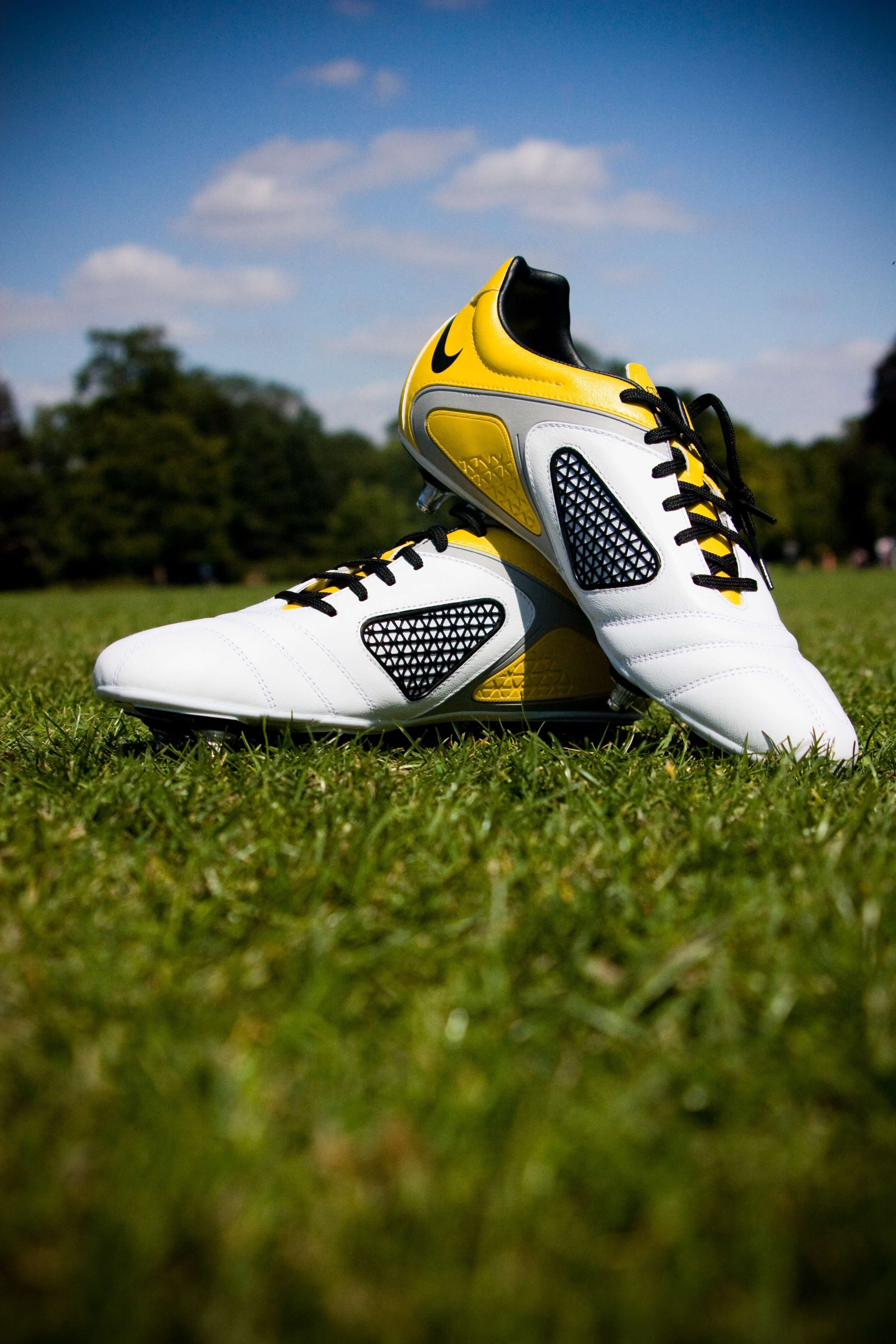
Recent Comments